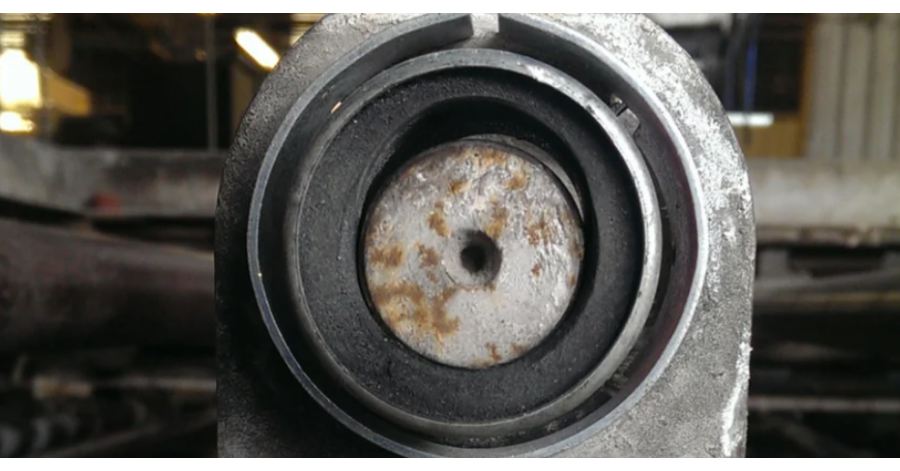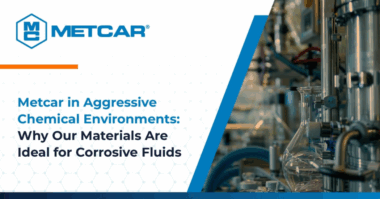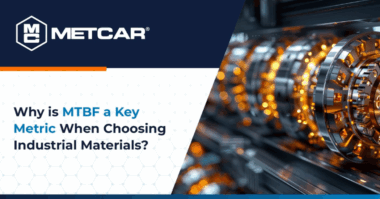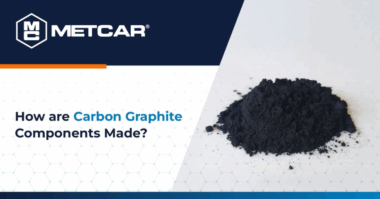Carbon graphite bearings will experience wear due to friction between the bearing and the rotating shaft it supports throughout operations.
Designing the bearing system with a strong emphasis on wear resistance is key to minimizing bearing damage due to friction. Bearing performance can be optimized, by taking certain precautions and reduce the frequency of necessary maintenance.
Carbon graphite wear rates are highly application-specific due to the many parameters that can have an impact on wear (e.g. load, speed, presence of abrasives, etc.). This means that there are many considerations that must be taken into account when optimizing wear resistance.
These five tips cover just a few considerations:
1. Choose The Right Carbon Grade
Proper grade selection is critical when designing carbon graphite bearings, given the considerable material property differences from grade to grade that significantly impact performance. There are hundreds of different commercially available carbon grades, each of which has its own advantages and disadvantages.
For instance, a bearing submerged in water may call for a carbon graphite base impregnated with Babbitt metal, whereas a dry-running bearing at extreme temperatures may call for a graphitized base impregnated with an oxidation inhibitor.
Many questions must be considered when determining the best carbon grade, including (but not limited to):
- Is the application wet or dry running?
- What is the operating temperature?
- What loads and speeds are involved?
- Are there caustic chemicals present?
- What amount of wear is allowable over a certain period of time?
Ultimately, the best way to ensure you are using the optimal grade for your application is to contact your carbon graphite manufacturer directly.
2. Choose The Right Shaft Material
The shaft material selection can have just as large an impact on bearing wear as the carbon grade. It is important that the shaft is as hard and smooth as possible. A harder shaft will maintain its surface finish longer than a softer one. Keeping a smooth surface finish on the shaft throughout the operating life will help to minimize wear considerably, which is why only the carbon should wear during operation.
The typical industry recommendation is a hardness of Rc 35 or higher and a surface finish of 16 µ∙in or better (12 µ∙in or better for high-speed applications). The corrosion resistance must also be good enough to prevent rusting or pitting which destroys the surface finish. For reference, some common shaft materials include hardened stainless steel, Hastelloy, and Inconel.
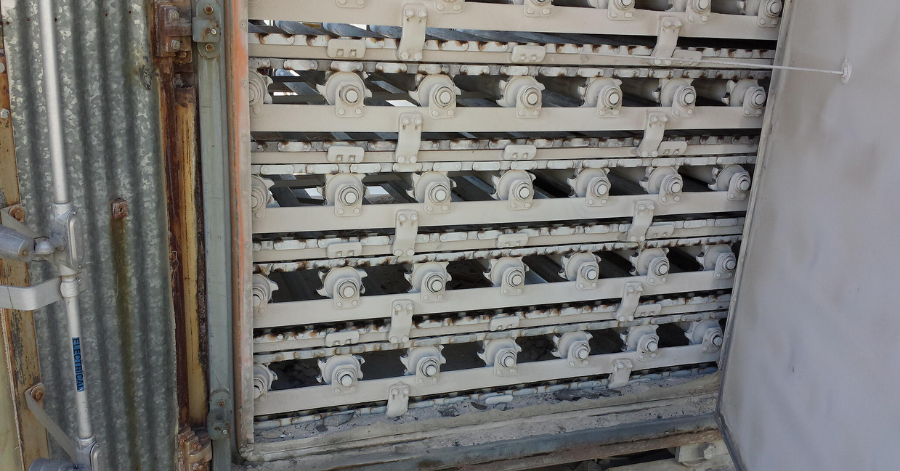
3. Avoid Abrasives
Abrasives wreak havoc on carbon graphite bearings.
Carbon is a soft material; on the Moh’s scratch hardness scale, carbon graphite is a 2, right above talc and below silver. As a result, abrasives are able to easily score the surface of carbon graphite and accelerate wear rates significantly.
If abrasives are present in an application, there are certain measures that can be taken to minimize their impact:
- Grooves on the bearing ID can be implemented to “flush away” as much of the abrasive material as possible.
- Introducing liquid into the running clearance of the bearing can also act to minimize destructive contact between the bearing and the abrasive particles.
- By diluting the concentration of abrasives and flushing them out of the running clearance, you can fight off the negative effects of abrasive build-up.
4. Take Advantage Of Liquid Lubrication
Having liquid inside the running clearance of a bearing can virtually eliminate bearing wear.
With sufficient fluid, impervious carbon graphite bearings can sustain a hydrodynamic film which acts as a barrier between the bearing and the shaft. This enables the bearing to withstand drastically larger PV values* than if it were dry running.
In fact, there have been instances where submerged bearings have been able to withstand PV values that are 75 times greater than what could have been achieved when running dry.
Even if the bearing is not fully submerged in liquid, splash, steam, or intermittent lubrication can be hugely beneficial when it comes to reducing wear.
5. Minimize The PV Value
Wear is a function of the load and sliding speed over time. This can be expressed in terms of PV.
In dry running applications, carbon graphite bearings are typically able to withstand continuous exposure to a PV value of approximately 30,000 psi∙ft/min. One of the easiest ways to reduce an application’s PV value is to increase the area over which the weight is distributed. Bearing designers can do this simply by increasing the length of the bearing (without having to change any other aspect of their design).
By doubling the bearing’s length, the application’s PV value is cut in half, which increases the bearing’s operating life considerably.
There are many benefits to using carbon graphite bearings over alternative bearing materials. This is evident in the fact that carbon graphite bearings are used in such a wide variety of industries, ranging from food production to wastewater management. Although the applications in which these bearings are used vary greatly, wear resistance is a key factor no matter what the application is. If you have any questions or require more information about carbon graphite bearing wear resistance, be sure to contact the carbon-graphite manufacturer directly.
*The PV Value is the product of the load [in psi] and the speed [in ft/min]
Read more about the benefits of using Carbon Graphite parts.

